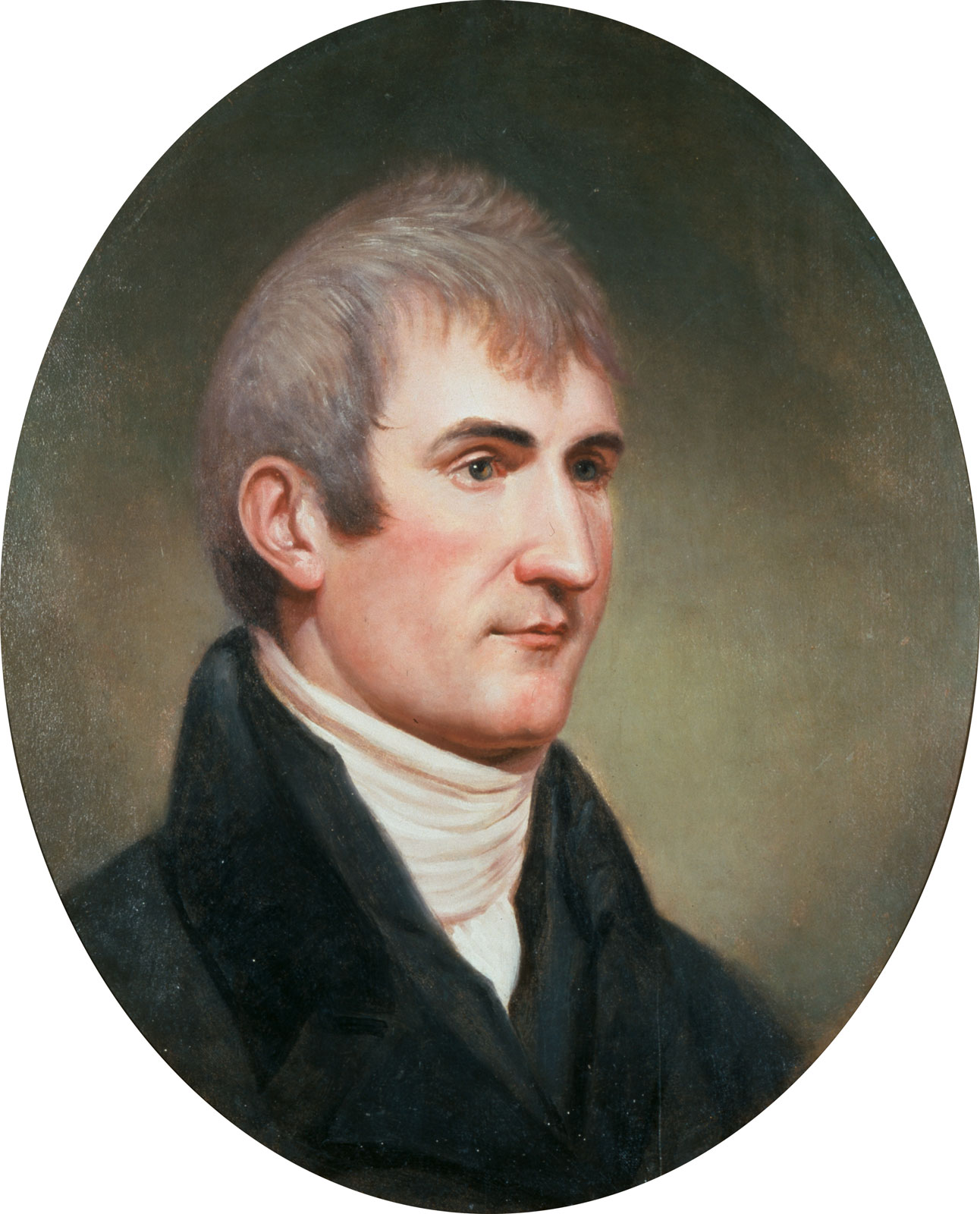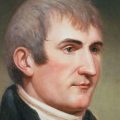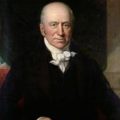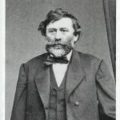Meriwether Lewis
The Snowberry
Today, in 1805, Meriwether Lewis discovered the Snowberry or Symphoricarpos album.
I love the story of how Lewis came across the Snowberry.
He was really looking for the Shoshone Indians, but he found the Snowberry instead.
Lewis wrote in his journal that he discovered something like small honeysuckle, except that it was bearing a berry as "large as a garden pea and as white as wax."
The plant was a truly new discovery to the scientific community. And, Lewis showed his botany chops when he said he thought it resembled the honeysuckle because it actually IS a member of the honeysuckle family. The Latin name is from the Greek meaning "fruits joined together," because the berries are clustered in pairs.
The berries aren’t good for eating; they’re pretty tasteless. But, the birds, and especially grouse, love it.
Lewis probably took a specimen of the Snowberry because some of the seeds made their way to Philadelphia. They were given to Thomas Jefferson‘s favorite nurseryman: Bernard McMahan.
Then, McMahan did what he always did; he grew them and sent cuttings to Thomas Jefferson. Jefferson wrote him in October of 1812, saying that the Snowberries were thriving in his garden. He gushed that they were,
“some of the most beautiful berries I have ever seen.”
This post was featured onThe Daily Gardener podcast:
helping gardeners find their roots,
one story at a time






